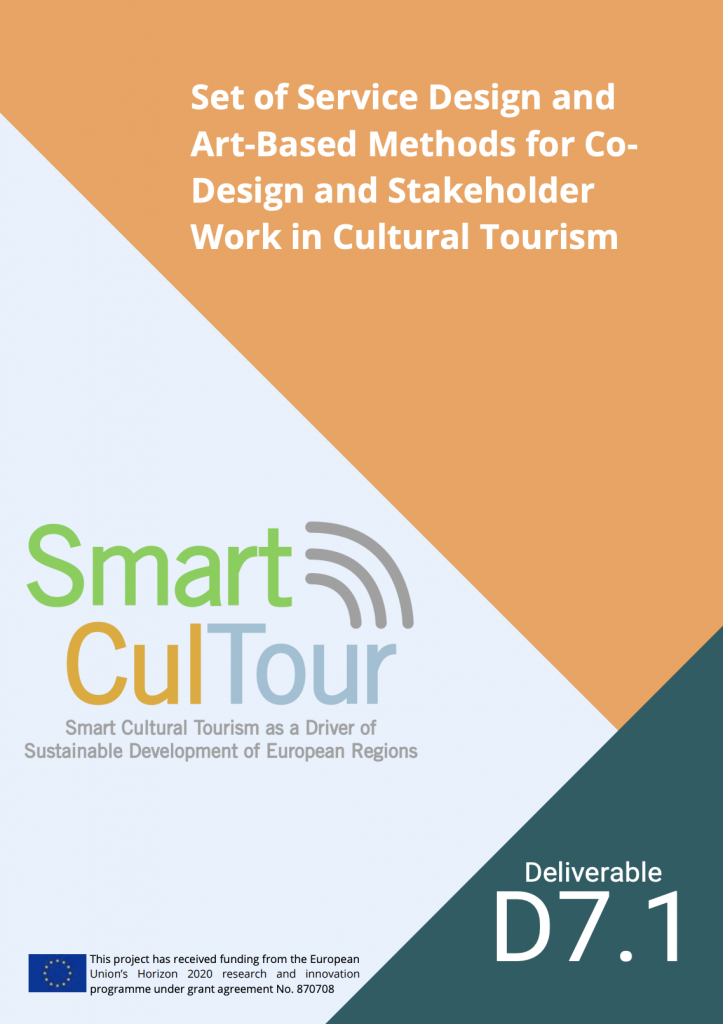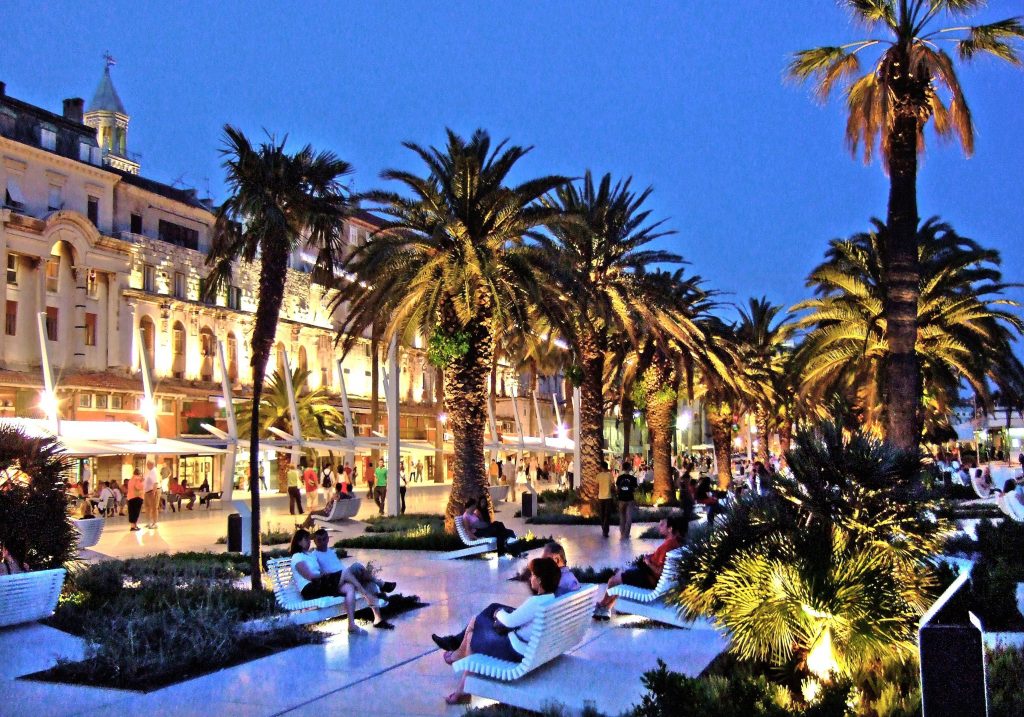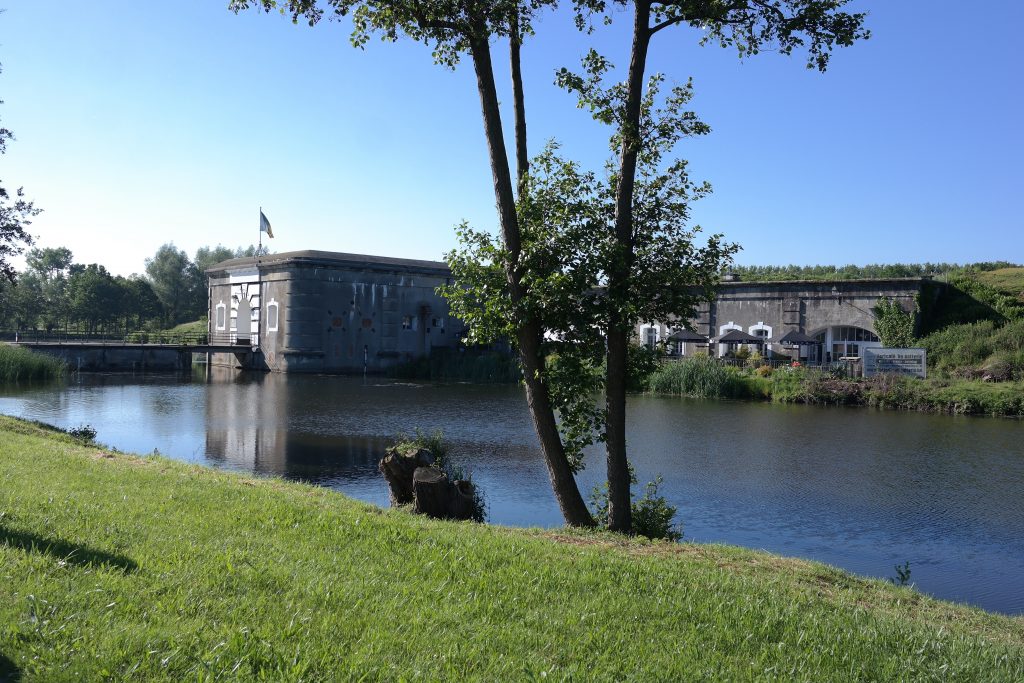Autor: prof.dr.sc. Lidija Petrić (Ekonomski fakultet Split, Katedra za turizam i gospodarstvo)
Još uvijek aktualna COVID 19 pandemija ozbiljno je uzdrmala globalno gospodarstvo, pri čemu je turizam zasigurno jedna od najpogođenijih djelatnosti. Nažalost, ne postoji niti jedna zemlja niti regija koja nije pogođena drastičnim padom potražnje, zbog čega nositelji turističke ponude trpe goleme štete, a mnogi su bili primorani i ugasiti svoje poslovanje.
Stoga se, iako svjesni problema koje je sa sobom nosio prekomjerni turizam (engl. overtourism), s nostalgijom prisjećamo rezultata pred-pandemijske 2019. godine, kad je samo u Splitu realizirano cca. 944,465 dolazaka (4,8% od ukupnog broja u RH) i 2.757,305 noćenja (3,02% od ukupnog broja u RH). Na području živućeg laboratorija (engl. Living Lab – LL) splitske metropolitanske regije ostvareno je ukupno 4.209,207 noćenja, od čega su četiri obalna grada (tj. Split, Trogir, Kaštela i Solin) ostvarila preko 97% ukupnog broja noćenja u LL-a (koji, osim navedenih gradova obuhvaća i općine Klis i Dugopolje te grad Sinj). Prema podacima Turističke zajednice Splitsko-dalmatinske županije (2019, 2020, 2021), u 2020.godini na području LL-a ostvareno je 1.475,968 noćenja, odnosno 65% manje nego u 2019. godini. U novu sezonu 2021. krenuli smo s oprezom, pri čemu nam porast kumulativnog broja noćenja na području LL-a za razdoblje siječanj-lipanj 2021. u odnosu na isto razdoblje 2020.godine, u iznosu od cca 73% (359,802 u odnosu na 208,206 noćenja) ulijeva nadu u kakav-takav oporavak.
Prema procjenama Svjetske turističke organizacije (UNWTO), od trenutka kad se pandemija zaustavi, turizmu će trebat između 2 i 4 godine da se oporavi (ovisno o području). Iako je u uvjetima izrazite nesigurnosti i brzih promjena nezahvalno davati prognoze o brzini oporavka turizma na području Splitsko –dalmatinske županije i LL-a Splitska metropolitanska regija, ne smijemo zanemariti procjene i preporuke recentnih studija koje su temeljem iscrpnih analiza trendova i resursa za RH i Splitsko dalmatinsku županiju dale preporuke smjera u kojem treba krenuti u budućnosti.
Prema rezultatima istraživanja Instituta za turizam, «Stavovi i potrošnja turista-TOMAS Hrvatska 2019» (Marušić et al, 2019), u RH je do 2019. godine zabilježen kontinuirani rast motivacije vezane uz aktivni odmor, pri čemu i dalje dominira more i priroda, u nešto manjoj mjeri posjet gradovima, razgledavanje, kultura i umjetnost te sport i rekreacija, a zamjetan je i trend porast interesa za gastronomijom, zabavom i festivalima, ruralnim područjima, te događanjima. Kad je riječ o zadovoljstvu turista ponudom u RH, iskazano je visoko zadovoljstvo atmosferom destinacije, a umjereno zadovoljstvo kulturno-umjetničkom ponudom i kvalitetom razgledavanja. Kvaliteta događanja ocijenjena je niskom ocjenom, što ukazuje na potrebu daljnjeg promišljanja o kulturnim aspektima turističke ponude. Slične su ocjene zabilježene i na području Splitsko-dalmatinske županije.
Master plan turizma Splitsko-dalmatinske županije (2018) također je istaknuo porast putovanja motiviranih kulturom na području Županije, uslijed čega se spektar aktivnosti koje uključuju kulturnu komponentu dalje širi, čime doprinosi sve izraženijoj segmentaciji tržišta kulturnog turizma. U tom smislu Master plan ističe tri pod-segmenta kulturnih turista s obzirom na motivaciju, i to: turiste motivirane učenjem o kulturnoj baštini temeljem posjećivanja kulturno-povijesnih znamenitosti; turiste motivirane sudjelovanjem na kulturnim događanjima, uključujući popularnu kulturu; i turiste motivirane kreativnim i kulturnim aktivnostima temeljenim na nematerijalnoj kulturnoj baštini, poput podučavanja glagoljice, tradicionalnih vještina, suvremene prakse kulture života i rada ili suvremene umjetničke produkcije. Uz ove primarne segmente, sve je veća potražnja za kulturnim «iskustvima», a posljedično i integracija klasičnih kulturnih i turističkih proizvoda s religijom, gastronomijom ili umjetničkim i kreativnim praksama. Trendovi na suvremenom turističkom tržištu povezani s potragom za autentičnošću i aktivnim sudjelovanjem potiču rast potražnje za turističkim događanjima i promiču sudjelovanje turista u samom proizvodu, što dodatno naglašava važnost kreativnosti u (su) dizajniranju različitih proizvoda kulturnog turizma. Iako takve proizvode traže turisti različitih dobnih skupina i razine obrazovanja, važno je ipak naglasiti da interes za kulturu raste proporcionalno starosti i prihodu.
Iako Splitsko-dalmatinska županija ima izvanredan potencijal za razvoj baštinskog turizma (engl. heritage tourism) na cijelom području, s obzirom na sezonalnost potražnje kulturna baština privlači svega 13% turista koji su posjetili Županiju 2018.godine. Iako su relativno zadovoljni prezentacijom kulturne baštine (55%) i kulturnih znamenitosti (57%), županijski turisti dnevno na kulturu troše svega dva eura. Analiza kulturne baštine po mjestima i turističkim klasterima Županije pokazala je da je kulturna baština prvenstveno nespremna ili djelomično pripremljena za turističko tržište, uzrokujući tako jaz između obilja kulturne baštine i udjela turista koji su za nju zainteresirani.
Što se tiče kreativnog turizma kao elementa županijske kulturne turističke ponude, Master plan (2018.) svoje je pod-proizvode grupirao na sljedeći način:
- ljetne umjetničke radionice i / ili škole koje vode poznati umjetnici ili profesionalna / amaterska udruženja za djecu, mlade i amatere;
- ljetne umjetničke radionice koje vode stranci ili ih organiziraju razne škole, udruge, zaklade za svoje članove / učenike na raznim destinacijama, uključujući županijske destinacije;
- programi opuštanja i oporavka (joga, meditacija) koji se često kombiniraju s kreativnim (npr. pisanje) ili sportskim (veslanje, jedrenje) aktivnostima;
- radionice temeljene na tradiciji kulture života i rada, koje u pravilu nude županijske turističke agencije, uključujući posjete eko-etno selima, tematske planinarske ture, degustacije hrane i pića, kulinarske radionice i foto ture.
Što se tiče turizma događaja (engl. event tourism), Master plan ukazuje na slabo zadovoljstvo turista brojem i raznolikošću zabave. Stoga je to jedan od niže ocijenjenih elemenata turističke ponude, koji pokazuje da je 58% zadovoljno brojnošću događanja, a 52% kvalitetom raznih zabavnih događanja.
Master plan županije SD (2018.) ukazuje da, osim za Splitsku rivijeru, gdje se nekoliko kulturnih događaja može smatrati spremnima za valorizaciju tržišta, svi ostali događaji ili nisu spremni ili su djelomično spremni za privlačenje turista. Sukladno navedenom, u istome dokumentu autori definiraju niz strategija i aktivnosti povezanih s budućim razvojem županijskih turističkih proizvoda. Tako je baštinski turizam proglašen primarnim proizvodom, kao i eno-gastro turizam, pri čemu se za potrebe njegova razvoja ističe nužnost jačanja proizvodnje lokalnih gastro i enoloških proizvoda, stvaranje lokalnih opskrbnih lanaca proizvodnje hrane i vina, jačanje mreža među proizvođačima i turističkom industrijom itd. Turizam događanja (event tourism) dobio je status tercijarnog proizvoda sa strategijama usmjerenim na poboljšanje njegove kvalitete i smanjenje sezonalnosti. Kreativni turizam proglašen je sekundarnim proizvodom u portfelju županijskih proizvoda. Napokon, gradski turizam i vjerski turizam doživljavaju se kao tercijarni turistički proizvodi.





